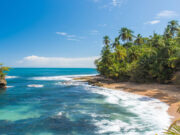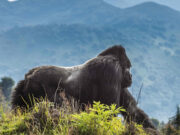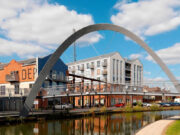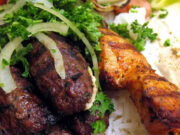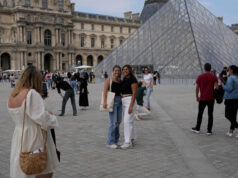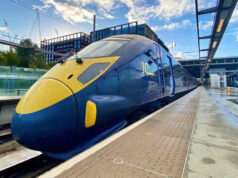One of the biggest attractions for visitors to the UK is the capital city itself, with London being one of the most visited cities in Europe, and having a wealth of attractions, hotels and excellent shopping and sports to bring people in from around the world. However, navigating around the city can be a little difficult and intimidating for those who haven’t been there before, so knowing what to expect and the different modes of transport can be a good idea.
Probably the most distinctive thing to be seen on London’s streets is the black cabs, which have been ferrying visitors around the city for decades, and also allow access to the much talked about London cabbie. This is certainly one of the simplest ways of getting from one place to another in the city, as there will be a taxi rank on most major streets. However, for longer journeys they can be quite expensive, and especially in the rush hour the taxis will tend to be quite slow because of traffic.
Another quintessentially English way of getting around London is on the bright red buses which traverse many of the capital’s streets, and keep a constant flow of people moving around the city 24 hours a day. There are hundreds of bus routes around the city, but looking at the different bus routes is wise to ensure the people use the right bus, otherwise it is easy to end up in the wrong part of the city.
Probably the most famous method of transport in London is the underground, or the tube as it is generally known, and with a network covering the whole of London from the early hours to a finish usually between eleven and twelve at night during the week, it really is a useful way to travel, and the tube map is a very good way of finding out how to get from one part of the city to another. However, they can become extremely crowded in the rush hour, and are also known for being warm and stuffy.
For the first few days of a visit, the transport system in London may overawe some visitors, but it is one that becomes a habit very quickly, and knowing how to get around will easily become second nature.



